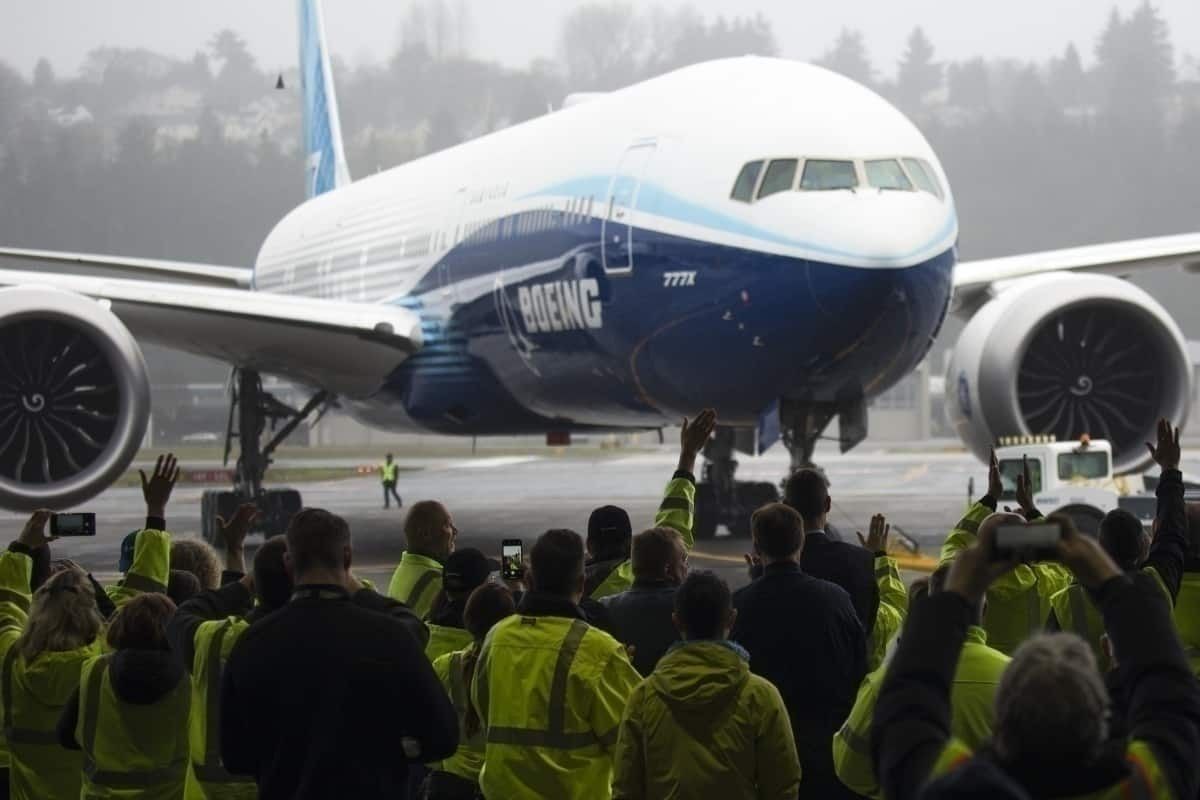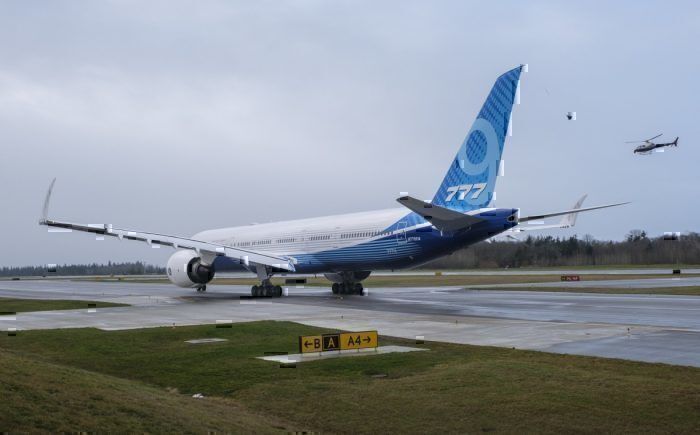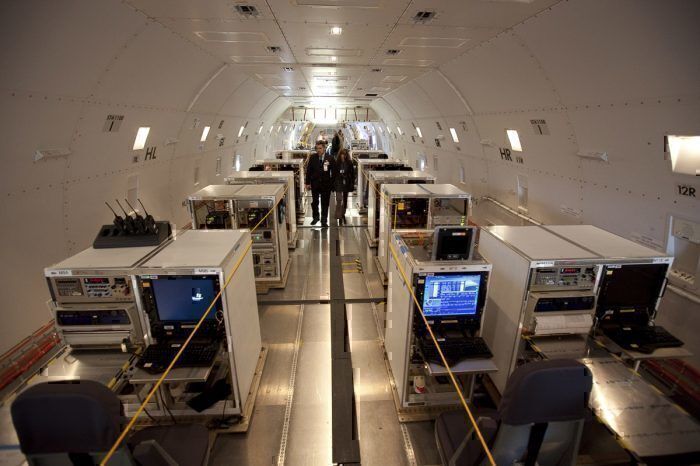While the world waits for Boeing to get its 737 MAX certification back, we shouldn't forget that we're also waiting for another Boeing plane, the 777X, to take to the skies. Now we finally know what kind of testing the 777X is undergoing and how long it should take.
Boeing has had a bit of rough time recently but they did get a spot of good news in January when the first test flight of the new 777X took off from Paine Field near Seattle. The flight was a success, but there are plenty more stages of testing to get through before the first delivery which is expected in 2021.
The test fleet
The first flight on January 25 was undertaken by the first of four test aircraft. According to Boeing, WH001 will be tested over the coming months for avionics and related system, brakes, flutter, icing, stability, control and low-speed aerodynamics.
This first aircraft will be joined in the coming months by three more planes for further testing. WH002 will be tested to ensure the auto-land, ground effects, stability and control are operational. This will be followed by WH003 which will be used to test the auxiliary power unit, avionics, flight loads and propulsion performance.
Finally, WH004 will test the environmental control systems, extended twin-engine operations, noise and general functionality and reliability. All four aircraft are expected to be flying in the first half of 2020.
If testing goes well certification would be due in January next year. However, Boeing has not confirmed any timelines other than that all four 777-9s should be in the air within the coming months.
Test flights
Before the 777X can be certified it needs to get several thousand hours of test flights under its belt. That means multiple aircraft flying several times a week. Test flights also don’t just mean a successful take-off and landing. Test flights are very complex and involved lots of variations and elements.
Initially, test flights prove that the plane flies the way it is intended to and there isn’t a major issue. But once that has been established things get more complicated. There are flights to test aerodynamic theories and fuel consumption. There are also advanced tests to check how the plane reacts to system failures and external elements such as strong tailwind or extreme temperatures.
All these elements are monitored by a team of engineers, mechanics and pilots on board the aircraft during the test flight. Every part of the aircraft's system is tested by computers and monitors check performance for the duration of the flight.
They also carry out extreme tests such as full-force breaking during take-off as well as seeing how slowly the aircraft can go while still flying. These tests should ensure that once certified the aircraft is ready for any situation and not just the day-to-day activities.
Lessons learned
Most of the aviation world will be watching Boeing’s test procedures very carefully after the fiasco with the MAX. But Boeing insists the 777X will be different. In a statement, Boeing confirmed, “We’re taking the lessons learned from the 737 Max and applying them to the 777X to ensure we are as prepared as possible for 777X certification”.
As the 777X does not have the MCAS software, it is likely that although inspections will be rigorous, testing should be successful. Additionally, Boeing will certify the 777X as a variant of the existing 777 and not as a new aircraft. With just over 300 aircraft already ordered from the likes of British Airways, Emirates Airways and Qatar Airways, Boeing is no doubt hoping for smooth sailing through the testing phase.




